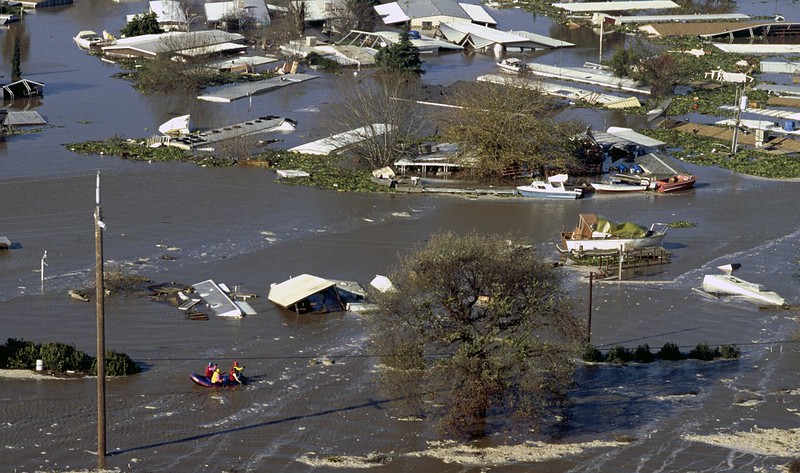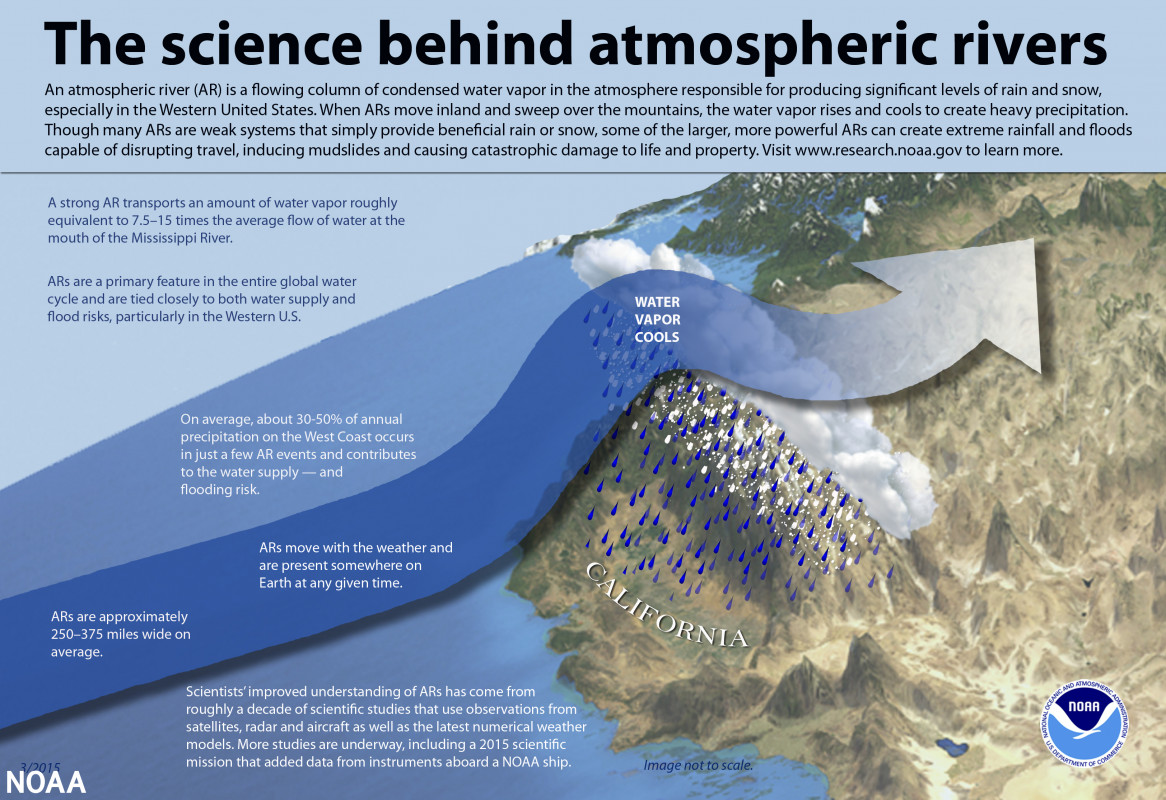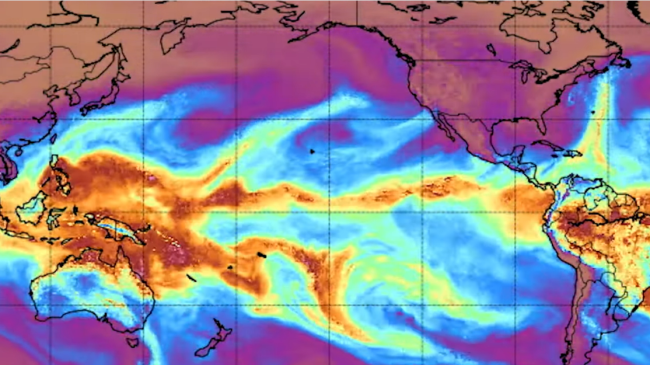 Since February, torrential rainfall has flooded the state of California, resulting in more than 800,000 residents losing power and over $3 billion in losses.
Since February, torrential rainfall has flooded the state of California, resulting in more than 800,000 residents losing power and over $3 billion in losses.
But why has this happened in a state notorious for its prolonged droughts?
Although invisible to the human eye, atmospheric rivers are responsible for this destruction. And with global warming, these rivers are constantly changing.
Let’s find out how!
What are Atmospheric Rivers?
Atmospheric rivers are thin streams of concentrated water vapor in the atmosphere. They form over warm waters and move toward mid or high-latitude regions around the world. Once over land, the water vapor condenses, producing rain and snow.

One of the strongest atmospheric rivers originates in the Pacific Ocean and moves into California where the Sierra Nevada Mountains act as a barrier. These rivers contribute to nearly 50% of all precipitation in the state and are essential to California's water supply.
Atmospheric rivers restore snowpack in the mountains and revive reservoirs, allowing ecosystems to thrive, and bringing drinkable water to millions. Historically, atmospheric rivers have ended roughly ⅓ of West Coast droughts!
But with so much power, atmospheric rivers are also capable of causing catastrophic damage. Recently, they have caused deadly flooding, debris flows, sewage spills into the ocean, and infrastructure damage. In wet conditions, atmospheric rivers can form concurrently, generating up to 3 or 4 times more economic damage than alone.
The Impact of Climate Change
 As global warming worsens, the air warms, allowing the atmosphere to hold approximately 4% more water per degree Fahrenheit increase. As a result, atmospheric rivers are likely to be stronger and more frequent.
As global warming worsens, the air warms, allowing the atmosphere to hold approximately 4% more water per degree Fahrenheit increase. As a result, atmospheric rivers are likely to be stronger and more frequent.
One climate scientist estimated that with global warming, atmospheric rivers could generate 5-15% more precipitation. The timing of these periods of rain may also shift within the year and vary between years. During El Nino years, such as the recent one, higher sea surface temperatures cause more evaporation, stronger atmospheric rivers, and extreme precipitation.
While the effect of climate change on atmospheric rivers is still unclear, many scientists have begun researching this topic. The hope is that we can predict and forecast these weather events easily, allowing for better preparation. With more information, water regulators will be well informed, and public communication will be timely and effective.
In the meantime, community programs and educational opportunities provide many helpful resources to prepare. Top-of-the-line warning systems and upgraded infrastructure can also aid in the fight.
With these measures in place and still more to come, we can reap the benefits of these atmospheric rivers, while avoiding their negative consequences!
Sources: NOT, Grist, Columbia.edu. Stanford.edu, The Conversation







